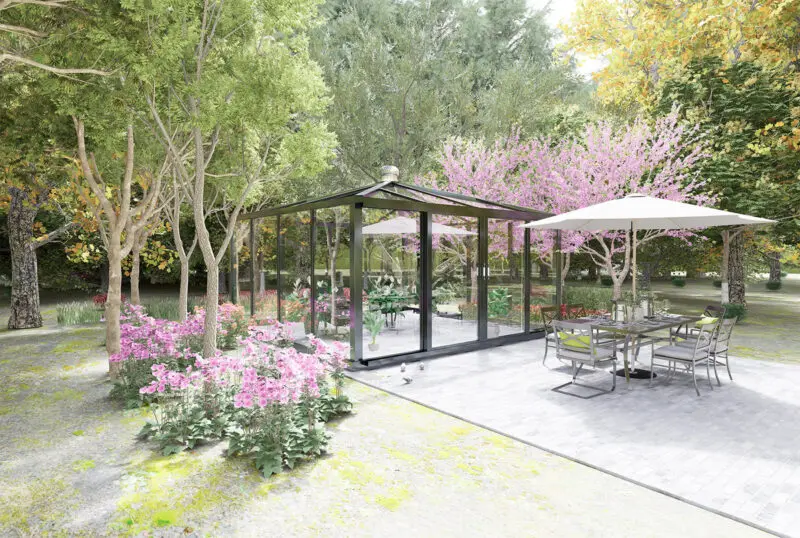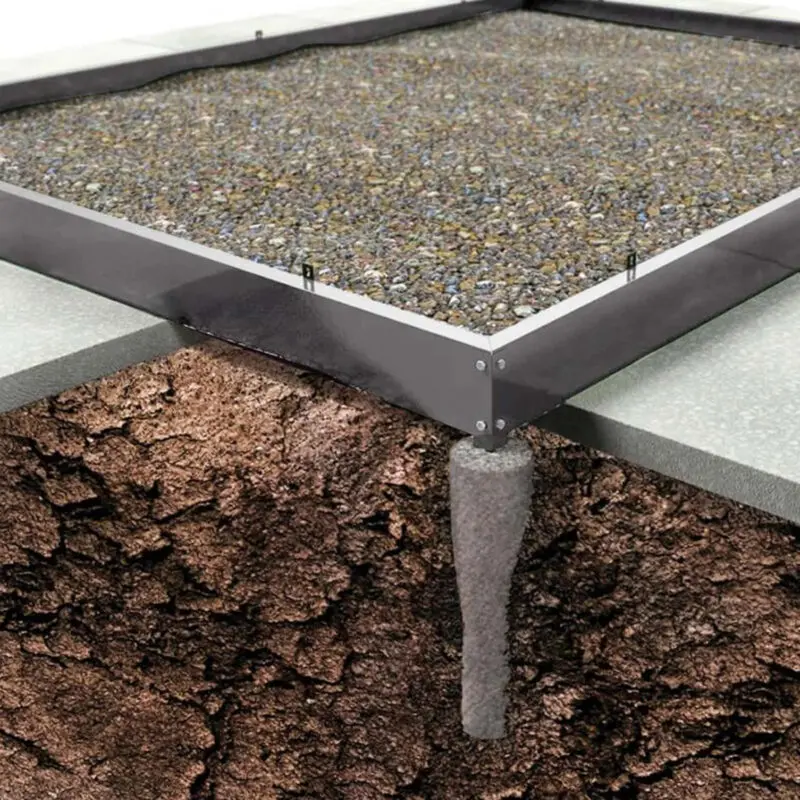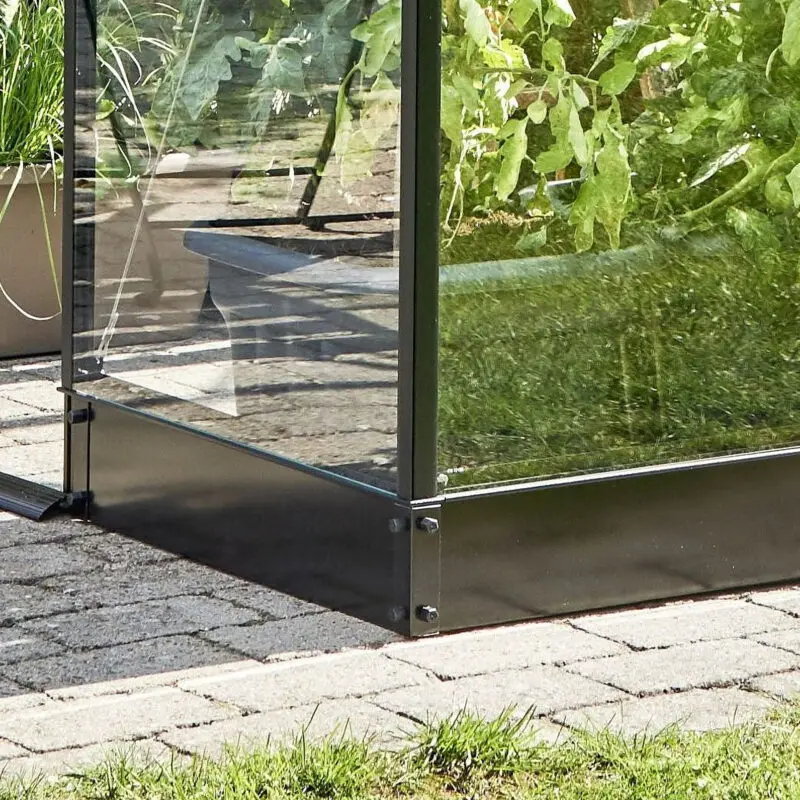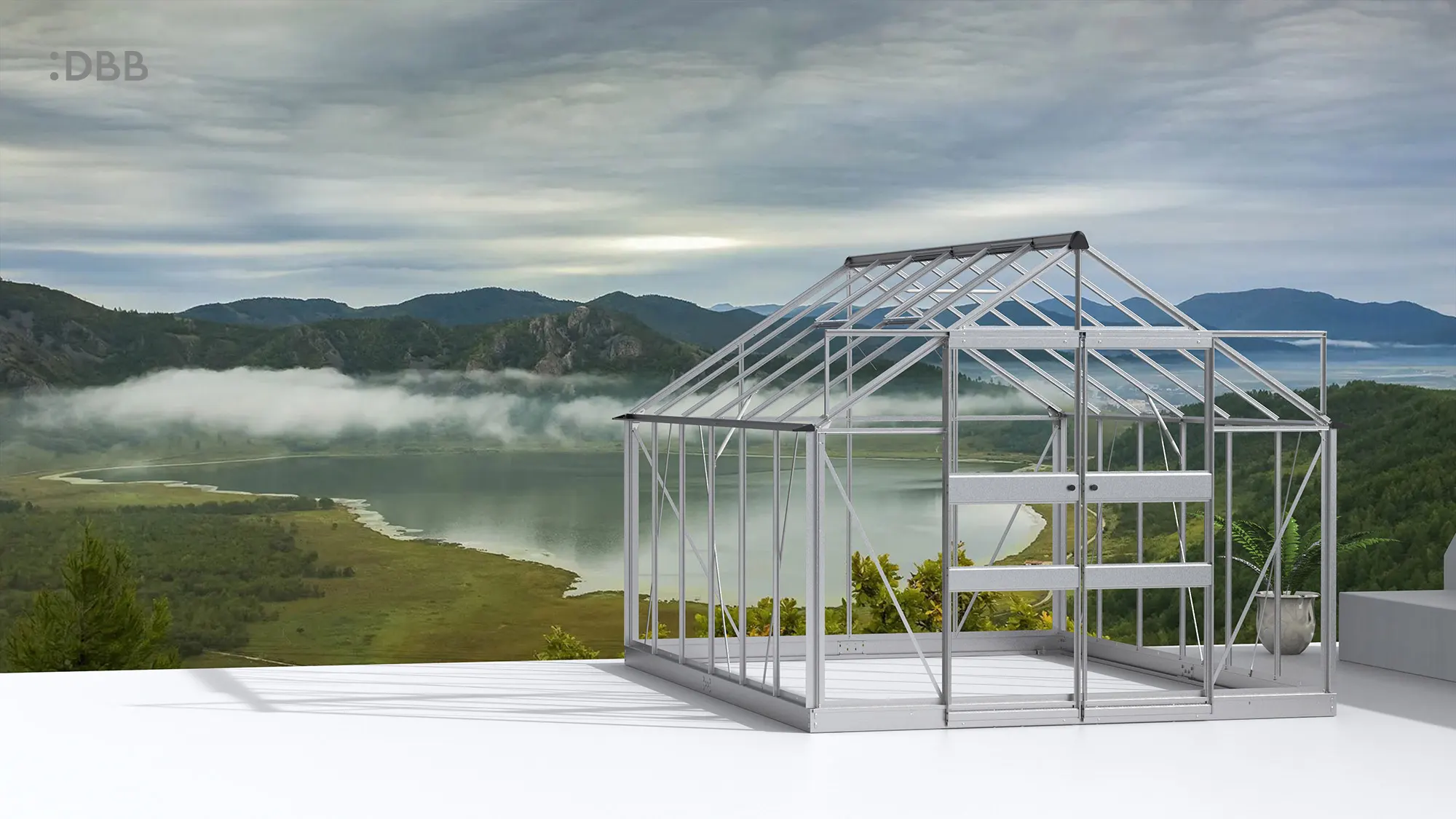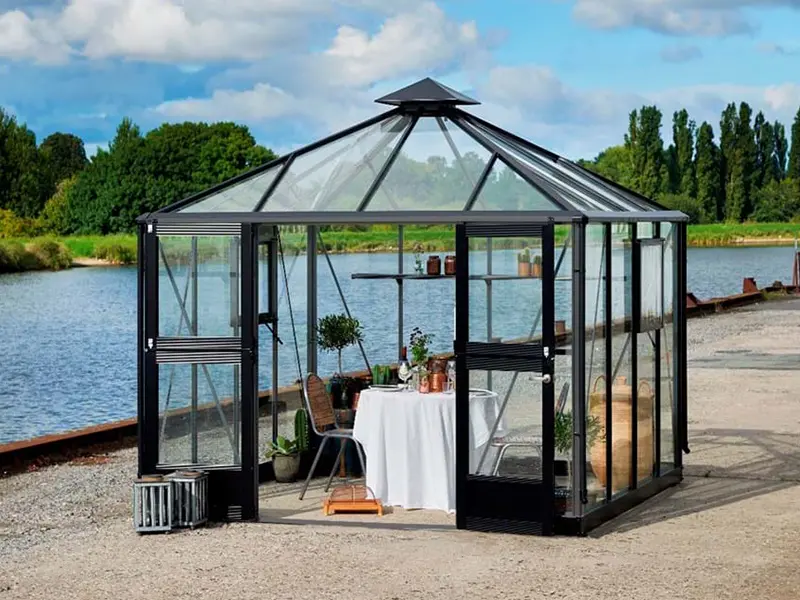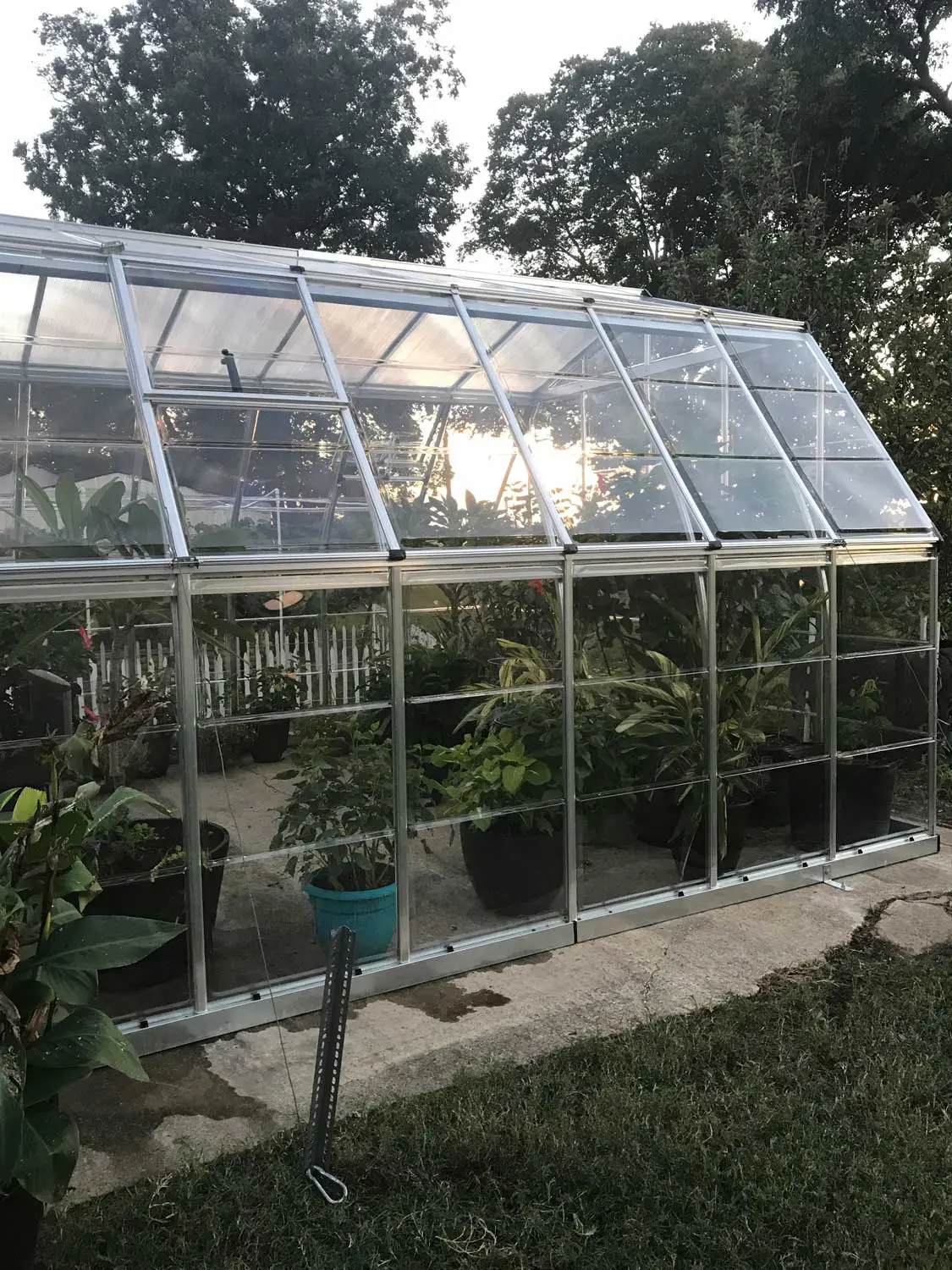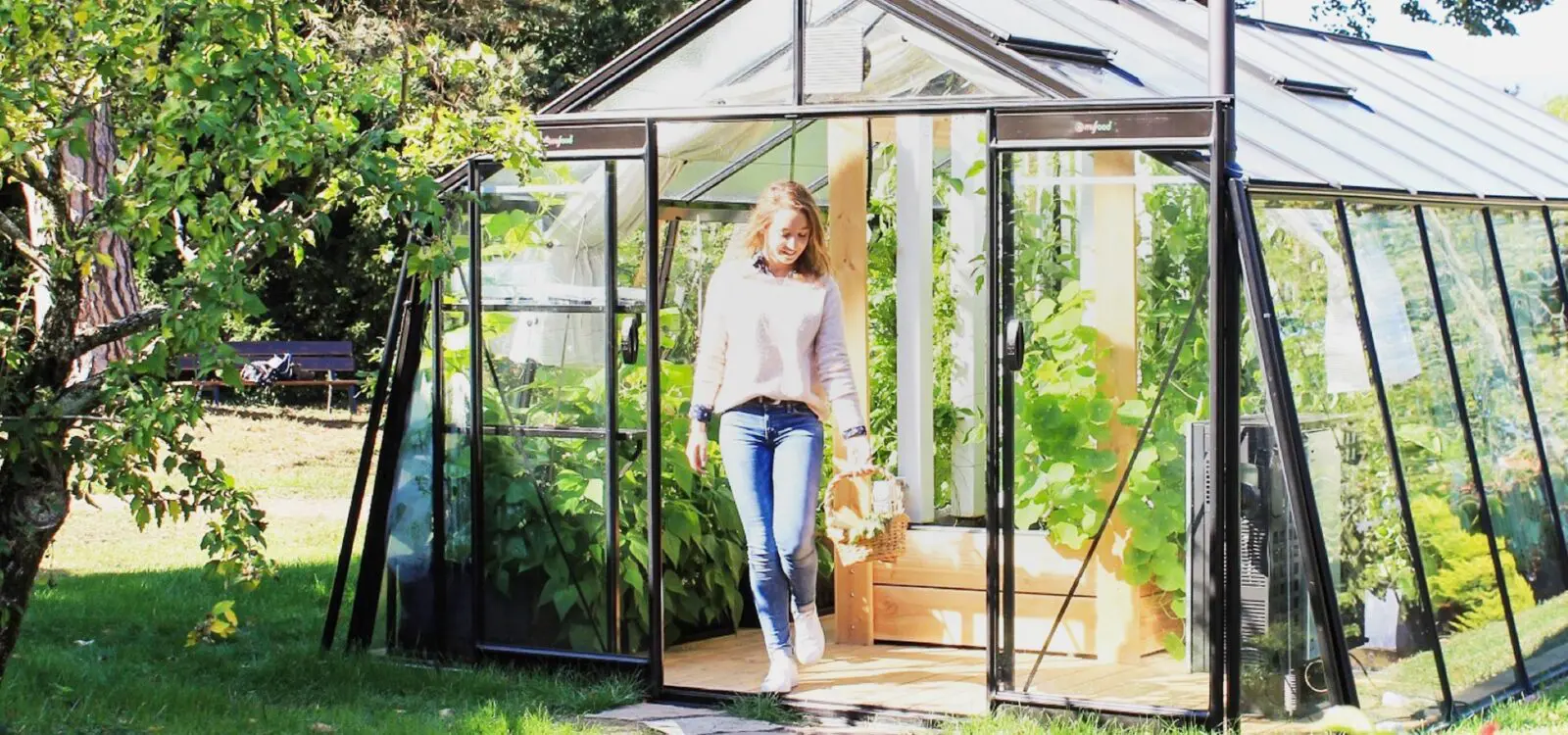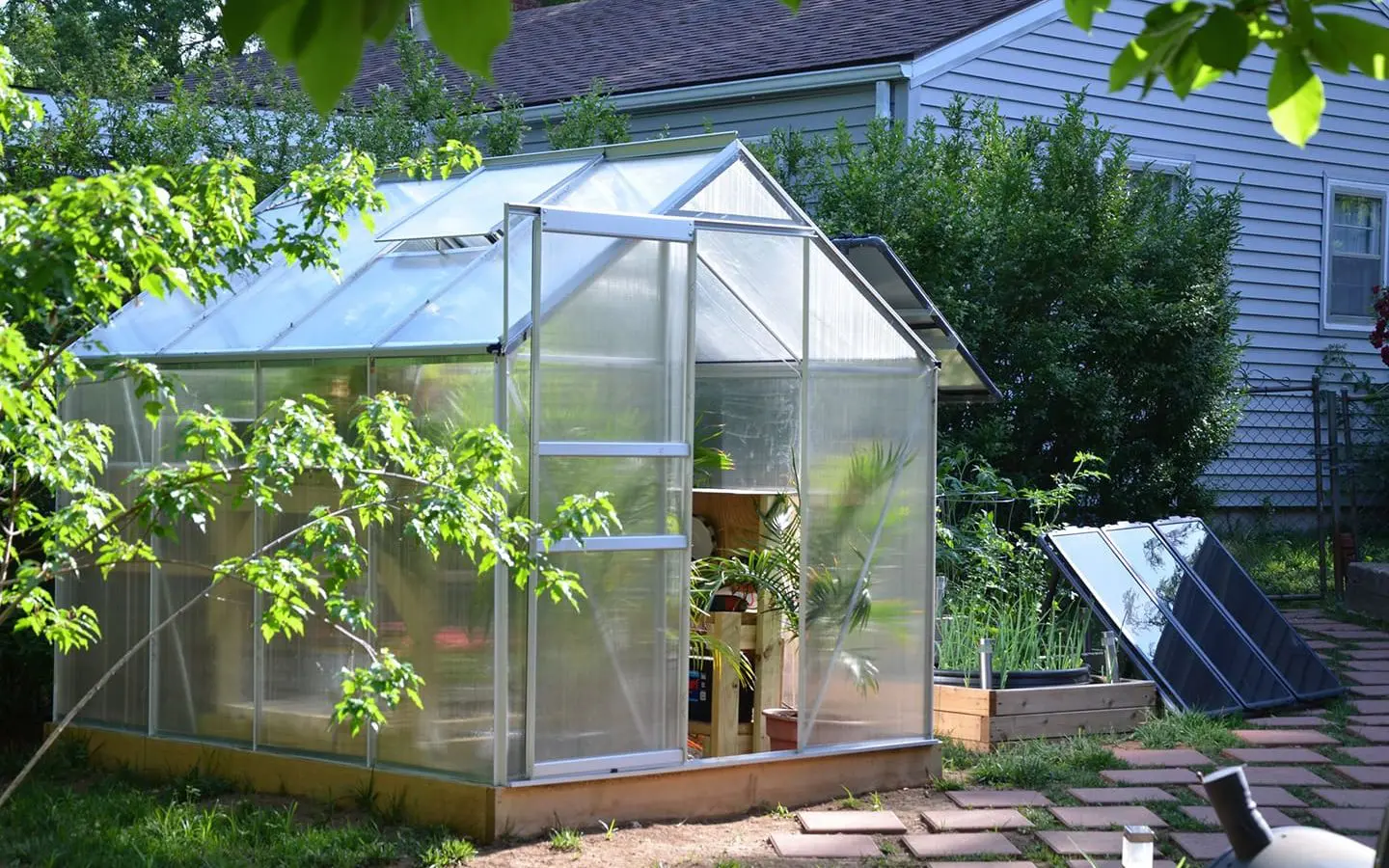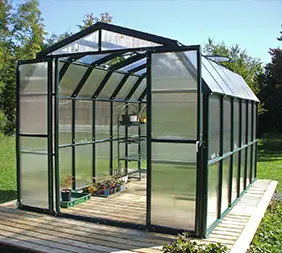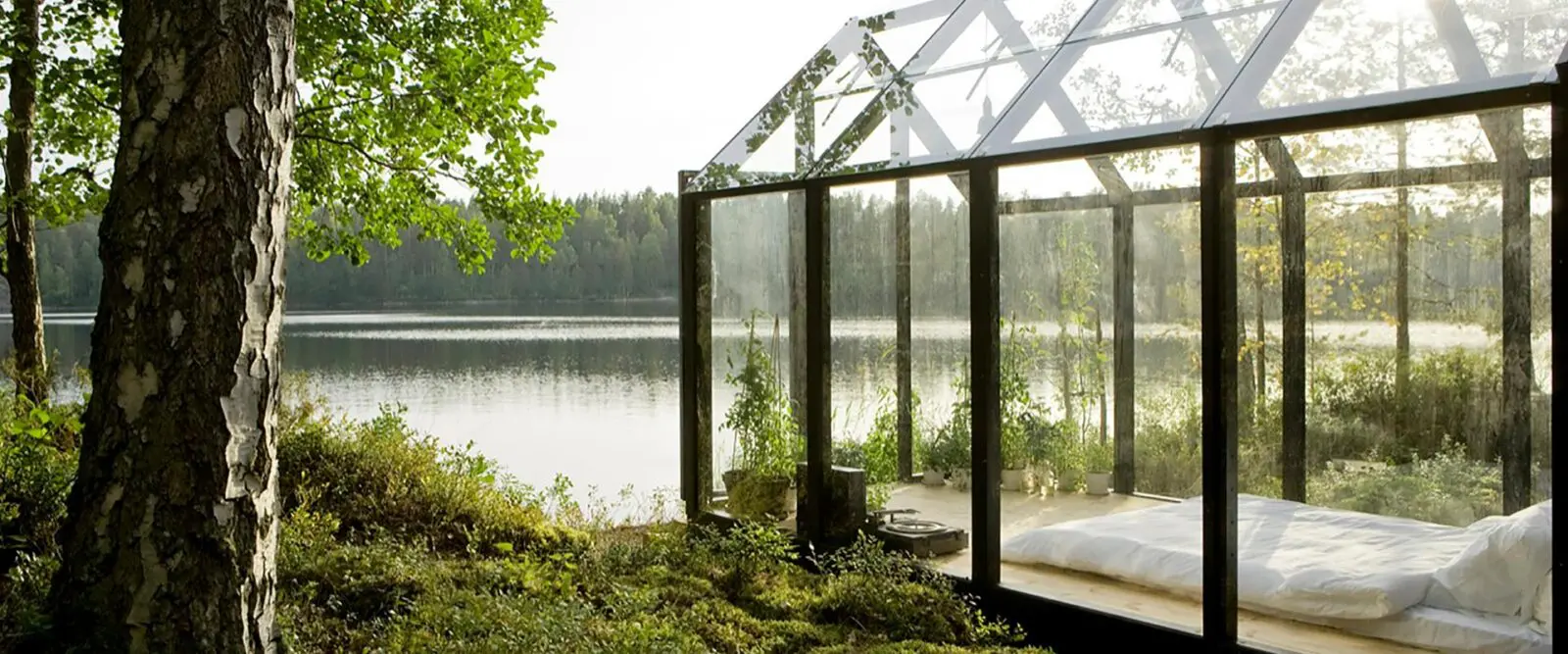When purchasing a greenhouse, planning the position and deciding what foundation is to be used is vital to ensuring that your greenhouse has a quality structure as well as a long-lasting future.
Dependent upon your choice of base, you may choose to lay a concrete strip foundation, a perimeter base or a concrete slab base. Whatever your preference, in this article, our team will explain how to build a greenhouse base and the advantages & disadvantages of each foundation.
Concrete Base
Practicality and durability are two key pillars which need to be considered when you are building a high-quality greenhouse base.
A concrete base is not only practical and durable, but it is also easy to both maintain and clean. Using concrete as your base will also prevent any bugs and insects from being able to tunnel inside the greenhouse which will protect your plantation.
However, using concrete as your greenhouse base is the most expensive foundation. As well as the base being expensive, standing water can cause issues too. With the water only able to be drained through the edges of the greenhouse base, it is important to remember to drill drainage holes in order to alleviate this potential issue.
You will also have to opt for more expensive and stronger fixings such as expansion bolts which will help keep the structure in place.
Slabs or Paving?
Using materials such as slabs or paving to structure your greenhouse base will allow you to be more creative and decorative. This is possible without impacting on practicality, with bases made from paving slabs or block paving capable of lasting for years in laid out correctly.
Like concrete, slabs and paving can be easily maintained. However, unlike the flat solid concrete base, water will be able to run through the cracks between the slabs ultimately preventing the base from subsiding or warping if it has been laid out correctly.
Again, due to it being a solid foundation, this is an expensive greenhouse base solution. With this type of foundation, the slabs or paving will restrict you to only grow with grow bags and pots.
Perimeter Base
When you build a solid perimeter for the base to sit on, you can use materials such as breeze blocks, paving slabs or concrete. Through a cement mixture, this will hold the slabs or blocks steady and firm; ensuring a solid base foundation.
Unlike the concrete foundations, this base is cost-effective whilst being a solid structure to build your greenhouse upon.
To achieve a quality perimeter base, keeping the structure level is vital. This can be tricky when building the structure above ground level. Building the structure above ground level negates the need for digging out the area beforehand. Either structure is ultimately down to your preference.
Soil/Earth
If you’re looking to build a greenhouse base as cheaply as possible, then you can use compacted, firm soil as the base foundation.
When opting for this option, it is important to ensure the delegated space for the base is flat and level so as to prevent any subsiding. Due to the foundation material, any un-level base or amends to the structure can be resolved through more soil. Using a soil base will allow you to plant directly into the soil inside the greenhouse as well as having a good, natural drainage system.
However, there is a risk of the soil becoming waterlogged and muddy due to too much water being accumulated and this can ultimately lead to the greenhouse subsiding. If the greenhouse begins to subside, overtime the frame can warp and glass can break.
Another point to remember when using a soil base is that bugs and insects are likely to tunnel inside.
